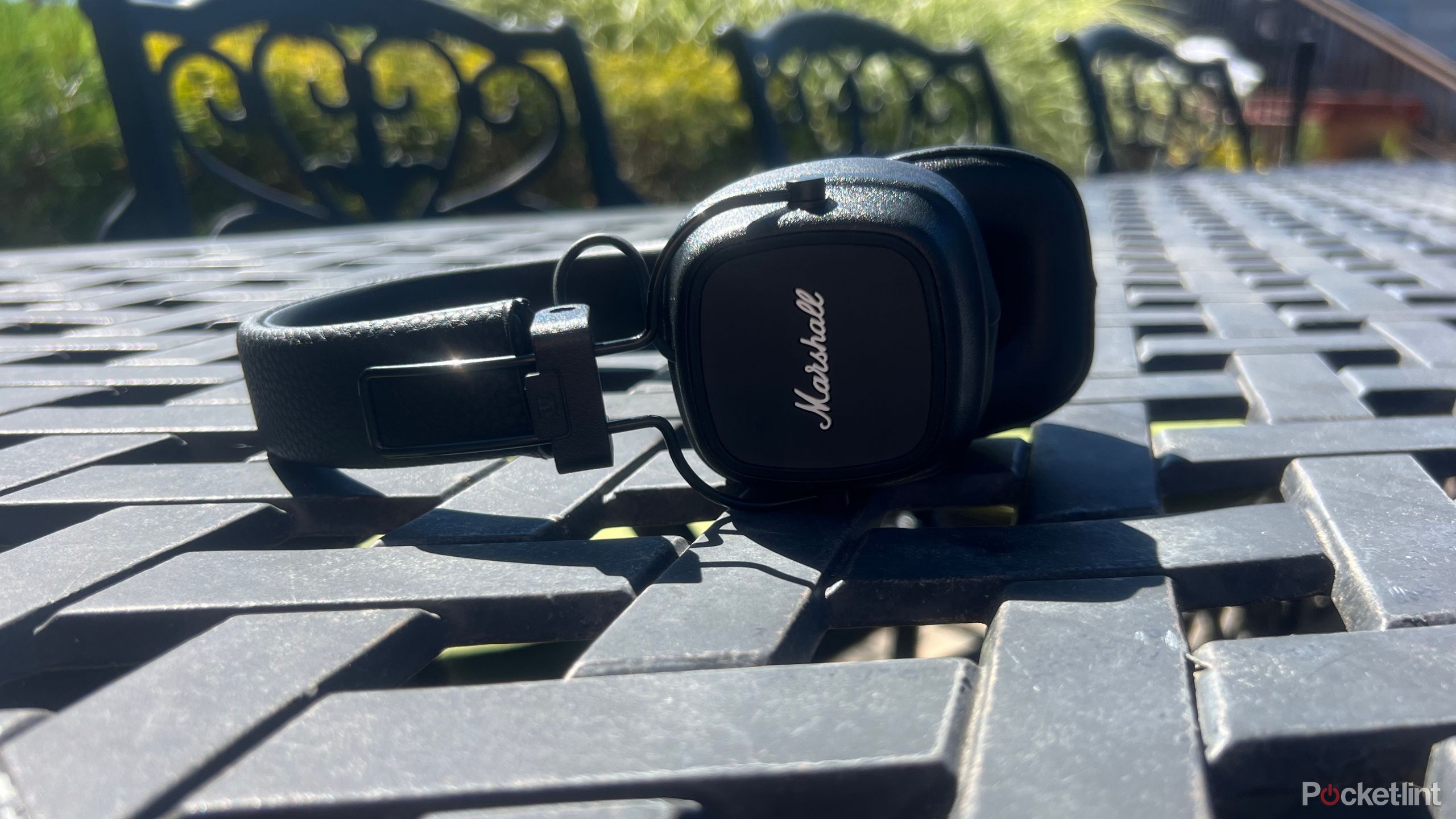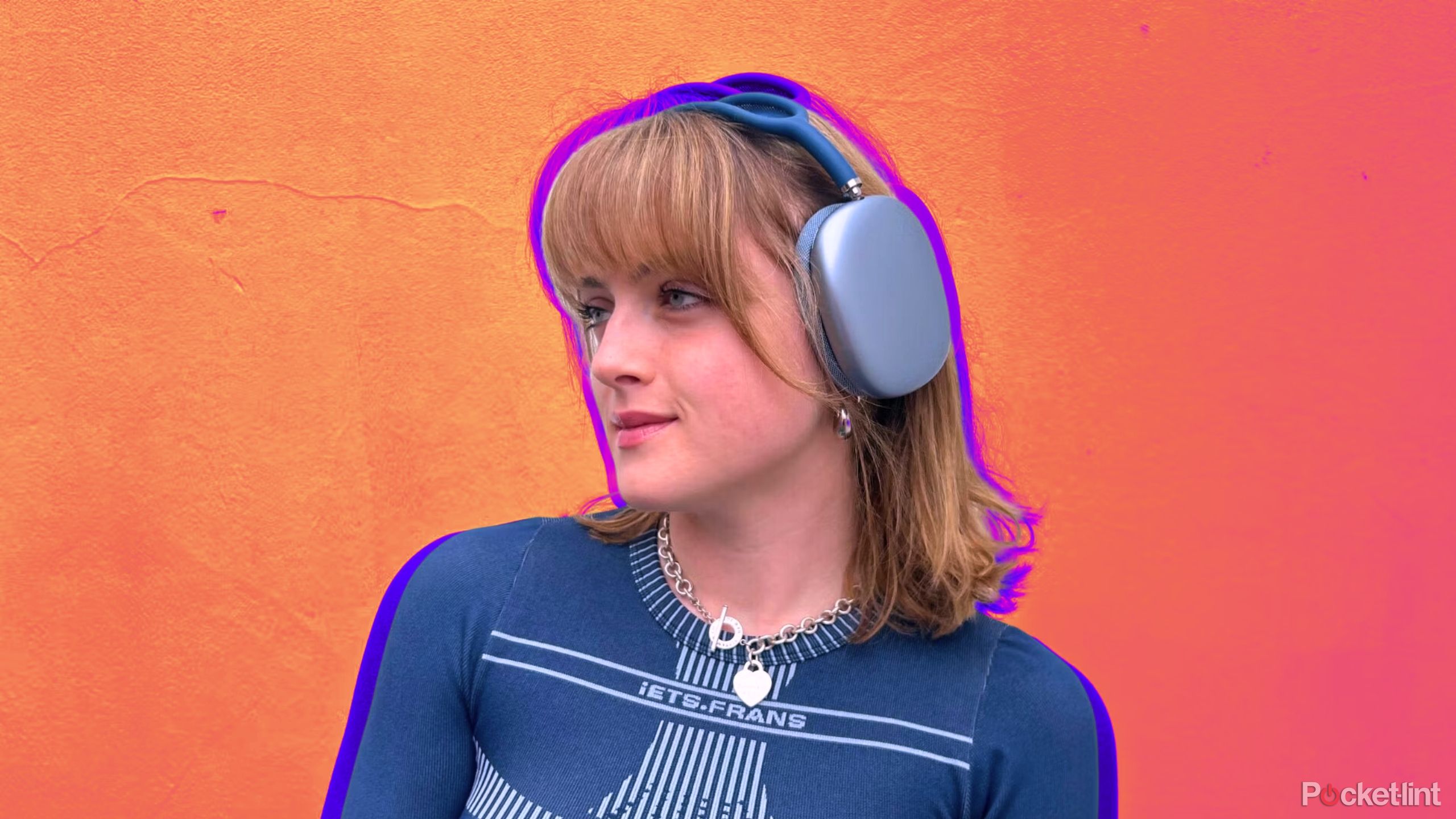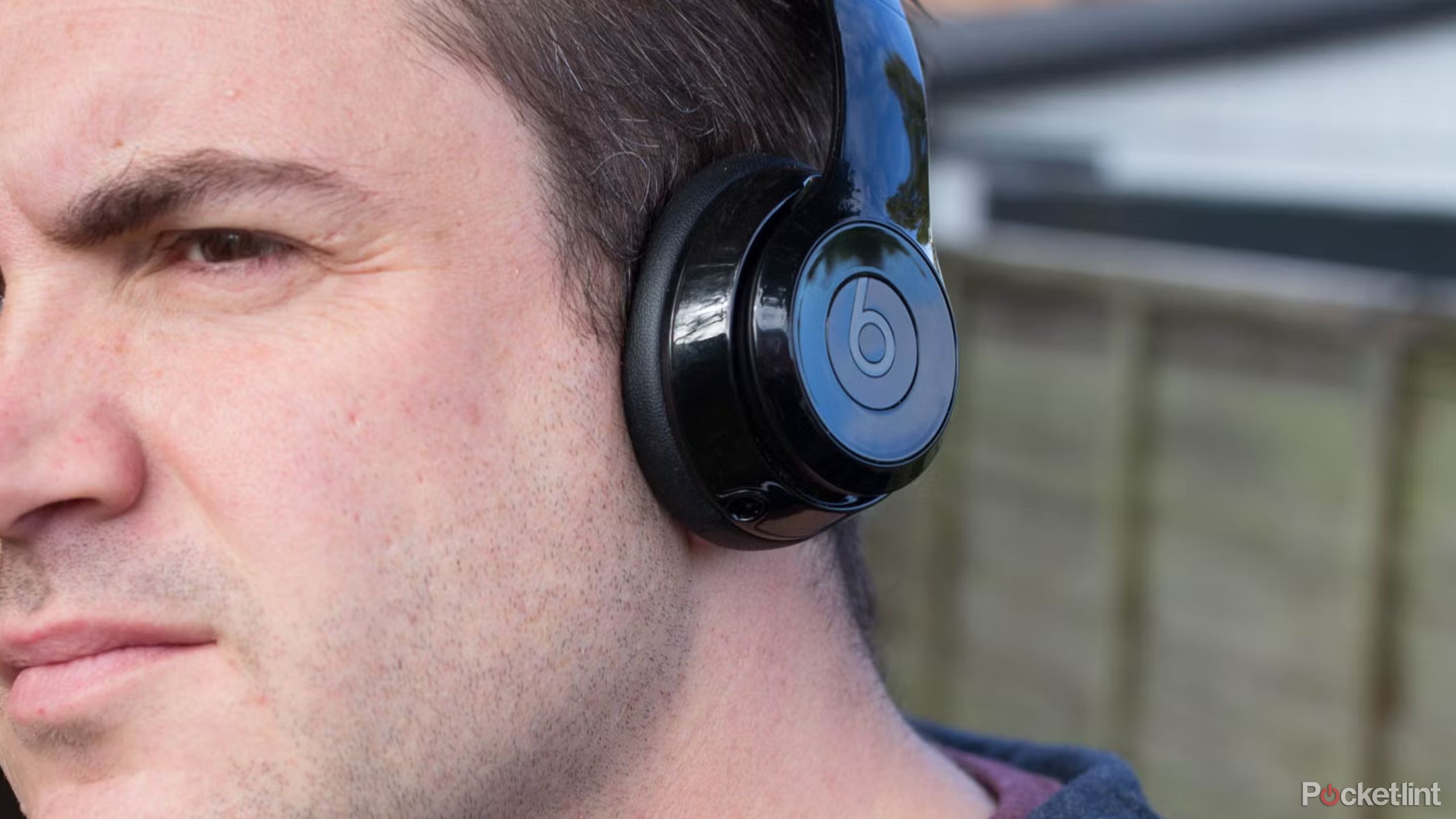Key Takeaways
- On-ear headphones sit on the ear rather than around, making them small and compact, but offering less noise isolation, and causing discomfort for glasses wearers.
- On-ear headphones tend to be less expensive and have may have fewer features than over-ear headphones, which have gained popularity as the gold standard for premium headphones.
- Personal preferences play a significant role in choosing on-ear headphones, as they may be more suitable for those with piercings or who prioritize breathability over noise isolation.
On-ear and over-ear are two very similar words to describe two very similar headphones, but with some key differences. If you’re looking for a pair of headphones that sit on your head with a headband and cover your ear, you might not be sure exactly what “on-ear” even means. Aren’t they all on your ear, anyway?
On-ears have certainly lost a lot of popularity over the years, since over-ear headphones have taken over as the gold standard for premium headphones. On-ears tend to run a bit less expensive and might have fewer features, or might be more of a nostalgic thing rather than a practical pair of headphones. But this, like most things in the world of audio, is different person to person, and can be subjective. While the design is consistent, the way that design style is received by the wearer will vary.
Related
These on-ear headphones pass the vintage vibe check, but not soundcheck
Marshall’s Major IV on-ear headphones fit nicely on my ears and in my budget, but compromised on sound quality.
What are on-ear headphones like?
On-ears are distinct in that they sit on top of your ear, rather than having the ear cup go around your ear like they do with over-ear headphones. The design having smaller ear cups allows these headphones to generally be more portable and more easily folded, and ultimately more compact. You can carry them around easily and put them on during your commute or at work and then put them back in your bag. The way they sit on your ear can also make them more comfortable if you have piercings, since they might not push down on certain parts of your ear lobe or helix.
However, the way they sit on the ear does make them potentially less comfortable for people who wear glasses. All the pressure of the ear cups lies directly on the ear, so the way it presses down can compress the stem of your glasses against your head and ear, causing pain after a little while. Personally, as a person who wears glasses, I can only tolerate wearing most on-ear headphones for about half an hour before the pain starts to bother me.
The on-ear design also means you won’t get much, if at all, passive isolation from these types of headphones. Isolation is achieved with a good seal around the ear, or inside the ear canal with in-ears. But because there’s nothing being sealed with on-ear headphones, outside noise can get in really easily, making it potentially harder to hear the sounds coming from your headphones, and easier to hear everything going on around you in your environment.
This also means that on-ears with noise cancelling won’t be as effective as over-ears or in-ears. Noise cancelling relies not only on the microphones within the headphones to create anti-noise to cancel out droning frequencies, but passive isolation is important in order to ensure the noise doesn’t leak in otherwise. So if your seal isn’t great, the noise cancellation can be rendered nearly useless.
But thanks to this imperfect seal, on-ears can be really breathable, which is actually way more comfortable for some people. Because they don’t seal well around the ear, this means that you won’t have any strange air pressure build-up feelings wearing them, and they won’t feel as hot and sweaty as over-ears can get on a hot day or after extended use.

Related
I’ve now tested both on-ear and over-ear headphones, and there’s a clear winner
On-ear headphones have been great for casual use, but over-ear headphones have my heart.
Should you get on-ear headphones?
Everyone is going to want something different from their headphones, and what works for one person might not necessarily work for you. If you have a lot of piercings or want breathability over noise isolation and sound quality, on-ears are probably a good choice for you. But if you want to have the best sound possible, want active noise cancelling headphones that work really well, or wear glasses, on-ears might not be the best option. The best way to know what your best option is would be to go out and try a few pairs of headphones on and see how they feel on your head. Not all headphones are made the same, and some on-ears may be more comfortable than others.
Trending Products

Cooler Master MasterBox Q300L Micro-ATX Tower with Magnetic Design Dust Filter, Transparent Acrylic Side Panel…

ASUS TUF Gaming GT301 ZAKU II Edition ATX mid-Tower Compact case with Tempered Glass Side Panel, Honeycomb Front Panel…

ASUS TUF Gaming GT501 Mid-Tower Computer Case for up to EATX Motherboards with USB 3.0 Front Panel Cases GT501/GRY/WITH…

be quiet! Pure Base 500DX Black, Mid Tower ATX case, ARGB, 3 pre-installed Pure Wings 2, BGW37, tempered glass window

ASUS ROG Strix Helios GX601 White Edition RGB Mid-Tower Computer Case for ATX/EATX Motherboards with tempered glass…











